Fluoroscopy Improves Acetabular Component Positioning During Direct Anterior THA

Advertisement
Cleveland Clinic is a non-profit academic medical center. Advertising on our site helps support our mission. We do not endorse non-Cleveland Clinic products or services. Policy
Acetabular component orientation affects the function and durability of total hip arthroplasty (THA). Malposition contributes to increased dislocation risk, impingement, accelerated polyethylene wear and early revision. At Cleveland Clinic Florida, we recently performed a retrospective analysis to evaluate the accuracy of acetabular component orientation using intraoperative fluoroscopy in direct anterior THA. We summarize our findings here and discuss why this aspect of THA is so central to positive patient outcomes.
Dislocation after THA remains a leading cause of revision surgery, and many studies have been performed to evaluate the optimal position of the acetabular component in THA. In their seminal paper, Lewinnek et al defined target ranges for inclination and anteversion angles for cup placement (30° to 50° and 5° to 25°, respectively). These safe zones were described under ideal circumstances and do not reflect the variability and dynamic nature of the true pelvic orientation (pelvic tilt). This orientation is unique to each patient and influenced by spine deformities or sagittal plane balance.
For example, patients with significant lumbar lordosis will have anterior pelvic tilt, as illustrated in Figure 1. In contrast, patients with loss of lordosis, which can occur in cases of ankylosing spondylitis or following repeated spine surgeries, will present with posterior pelvic tilt, as shown in Figure 2. It has been calculated that every 1° of pelvic tilt leads to a functional correction of radiographic acetabular anteversion and inclination of roughly 0.7°. Therefore, the sole use of anatomic landmarks can lead to acetabular component malpositioning.
Advertisement

Figure 1. Radiographs showing characteristic anterior pelvic tilt in a patient with significant lumbar lordosis.

Figure 2. Radiographs showing characteristic posterior pelvic tilt in a patient with loss of lordosis.
Valiant efforts at improving cup placement have focused on navigation and robotic systems that use anatomic landmarks and the anterior pelvic plane with minimal regard to the functional pelvic position. The two patient examples noted above represent the extreme scenarios of this concept. If anatomic landmarks are chosen for cup placement in these cases, the result will be excessive cup anteversion and inclination in the patient with loss of lordosis and cup retroversion and loss of inclination in the patient with excessive lumbar lordosis. In view of examples like this, we recommend using the pelvic tilt in the standing pelvis anteroposterior radiograph as a simple guide to the patient’s functional pelvic orientation.
The intraoperative execution of this knowledge is not straightforward, as patient positioning in surgery affects our ability to recognize the true pelvic tilt. Pelvic orientation in the lateral decubitus position is unpredictable and influences implant alignment. The posterior approach, which requires a lateral decubitus position, remains the most popular for THA.
An advantage of the direct anterior approach to THA is that it facilitates the use of fluoroscopic imaging during surgery because the patient is in the supine position. Furthermore, the supine position provides less alteration of pelvic orientation during the surgical procedure. The image intensifier can be adjusted to recreate the patient’s true pelvic tilt intraoperatively and provide the surgeon real-time feedback during the preparation and implantation of the acetabular component.
Advertisement
Pelvic orientation is known to change during the course of the procedure as a result of retraction, and failure to recognize this may lead to component malposition. The C-arm can be adjusted accordingly in direct anterior THA to maintain the intended pelvic orientation throughout the procedure.
These considerations prompted us to undertake a retrospective radiographic analysis at Cleveland Clinic Florida to evaluate the accuracy of acetabular component orientation using intraoperative fluoroscopy in direct anterior THA. We hypothesized that fluoroscopy would be a useful tool to improve positioning of the component.
During the nearly four-year period analyzed (March 2010 through December 2013), 780 primary direct anterior THA surgeries were performed at Cleveland Clinic Florida. Across these 780 procedures, the mean inclination angle was 37.6° and the mean anteversion angle was 18.7°. Overall results were as follows:
The distribution of components simultaneously meeting target range criteria for both inclination and anteversion improved yearly for both surgeons performing these fluoroscopy-guided procedures, as detailed in the table.

Our goal was to evaluate the reproducibility of accurate acetabular component placement with the use of intraoperative fluoroscopy in direct anterior THA. The target ranges for inclination, anteversion and both were achieved in 92.1, 92.7 and 89.5 percent of cases, respectively. Our results demonstrate that the use of fluoroscopy during direct anterior THA is an effective tool for improving cup placement.
Advertisement
In addition, when examined yearly, the results show that both surgeons demonstrated improvements in their precision of component positioning, as explained by decreasing yearly standard deviation. We attribute the improvements to the learning curve associated with interpreting intraoperative fluoroscopy and to close, ongoing review of component placement tendencies.
Cleveland Clinic continues research efforts aimed at optimizing component positioning in THA. Our future efforts will be directed at correlating accuracy of component placement with functional outcomes and complications as well as recognizing the dynamic nature of the pelvic orientation and understanding its influence on total hip arthroplasty performance.
Dr. Suarez is a surgeon in the Department of Orthopaedic Surgery at Cleveland Clinic Florida specializing in primary and revision hip and knee replacement.
Advertisement
Advertisement
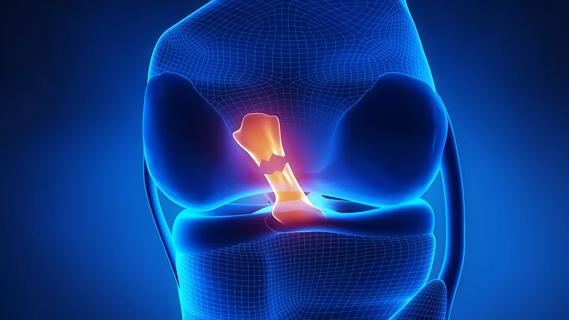
Study reports zero infections in nearly 300 patients
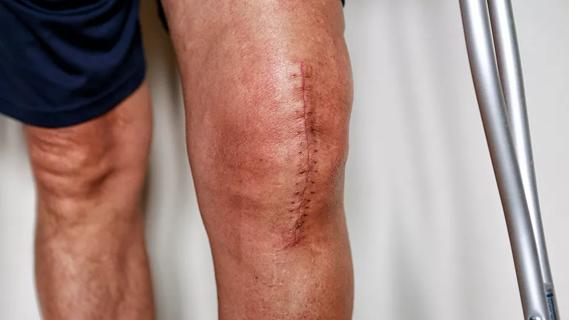
How to diagnose and treat crystalline arthropathy after knee replacement
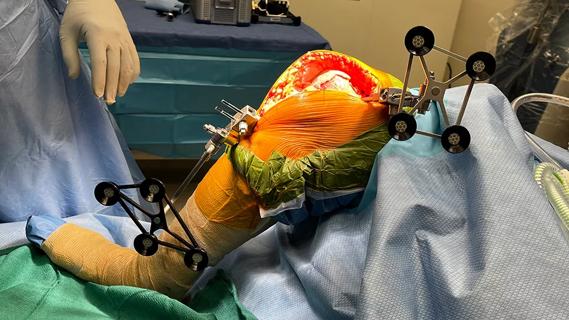
Study finds that fracture and infection are rare

Reduced narcotic use is the latest on the list of robotic surgery advantages
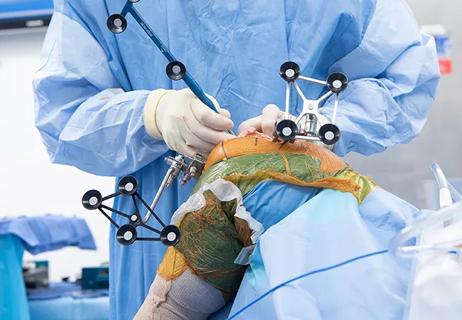
Cleveland Clinic orthopaedic surgeons share their best tips, most challenging cases and biggest misperceptions

How it actually compares to posterior and lateral approaches
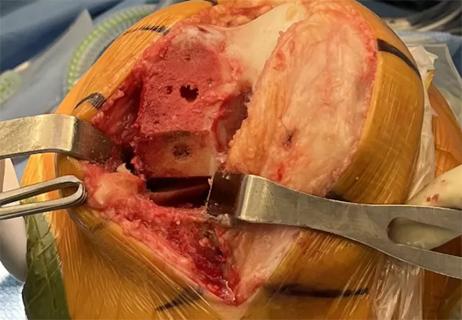
When procedure is performed by high-volume surgeons, outcomes are comparable to total knee replacement
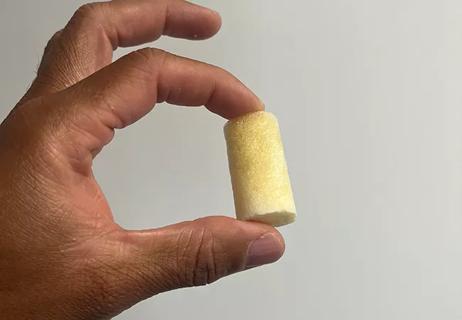
Clot substitute helps rejoin the stumps of a torn ligament